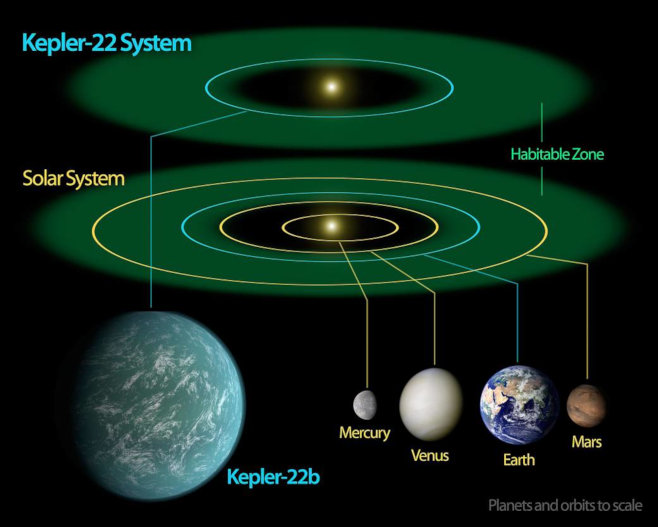Exoplanets, Dust, and Who Sees Data First?

It's been a little over 10 years since scientists spotted Kepler-22 b. It was the first time we'd spotted a transiting exoplanet that's in its sun's habitable zone.
That may or may not mean that Kepler-22 b is habitable. The odds are good that the exoplanet is a water world: covered with an ocean far deeper than Earth's
Since then we've discovered quite a few water worlds. And, possibly because there's a 1995 action film called "Waterworld", they're often called ocean worlds.1
This week I'll talk about two (probably) ocean worlds, Kepler-138 c and d; discovered in 2014, they're far to hot for life as we know it. But scientists recently published a new analysis of those two worlds. And that gave me something to talk about.
So did a proposed change in when taxpayer-funded research projects release data. It's good news or bad news, depending on who's talking. That's this week's first item.
I'll also look at a very young planetary system's dust disk, the odds for life on ocean planets, and assorted other topics:
- Sharing Information, and a Newfangled Idea
- AU Microscopii's Dusty Disk: A Close Look, in Infrared
- Kepler-138 c, d: "Water, Water Everywhere?"
- Wolf 1069-b, Very Briefly
- Coming Attractions
(Looking at the dust disk around AU Microscopii. Kepler-138 c and d: ocean worlds? Wolf 1069-b, briefly. And a new idea for sharing research data.)



Comments
Post a Comment